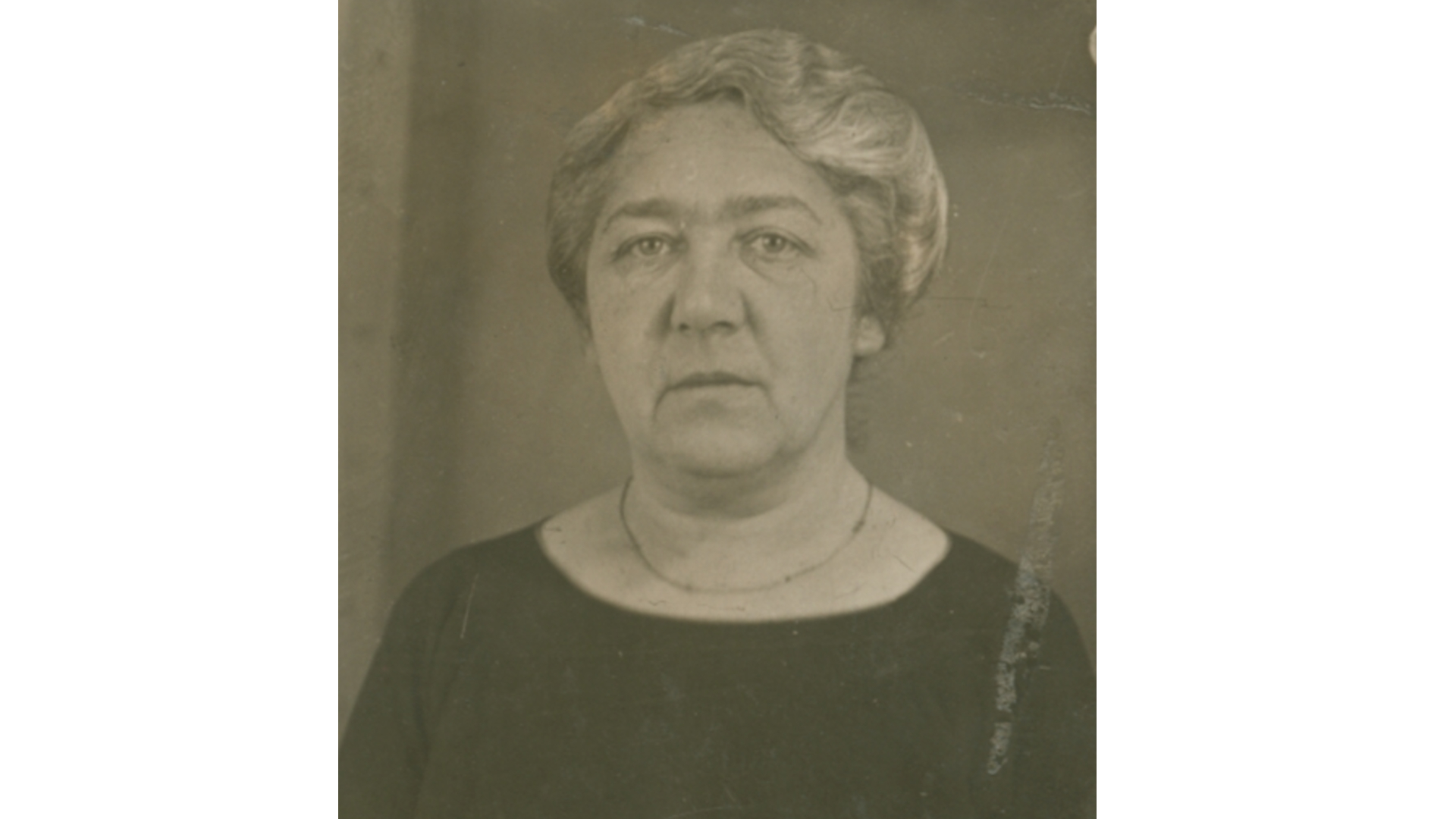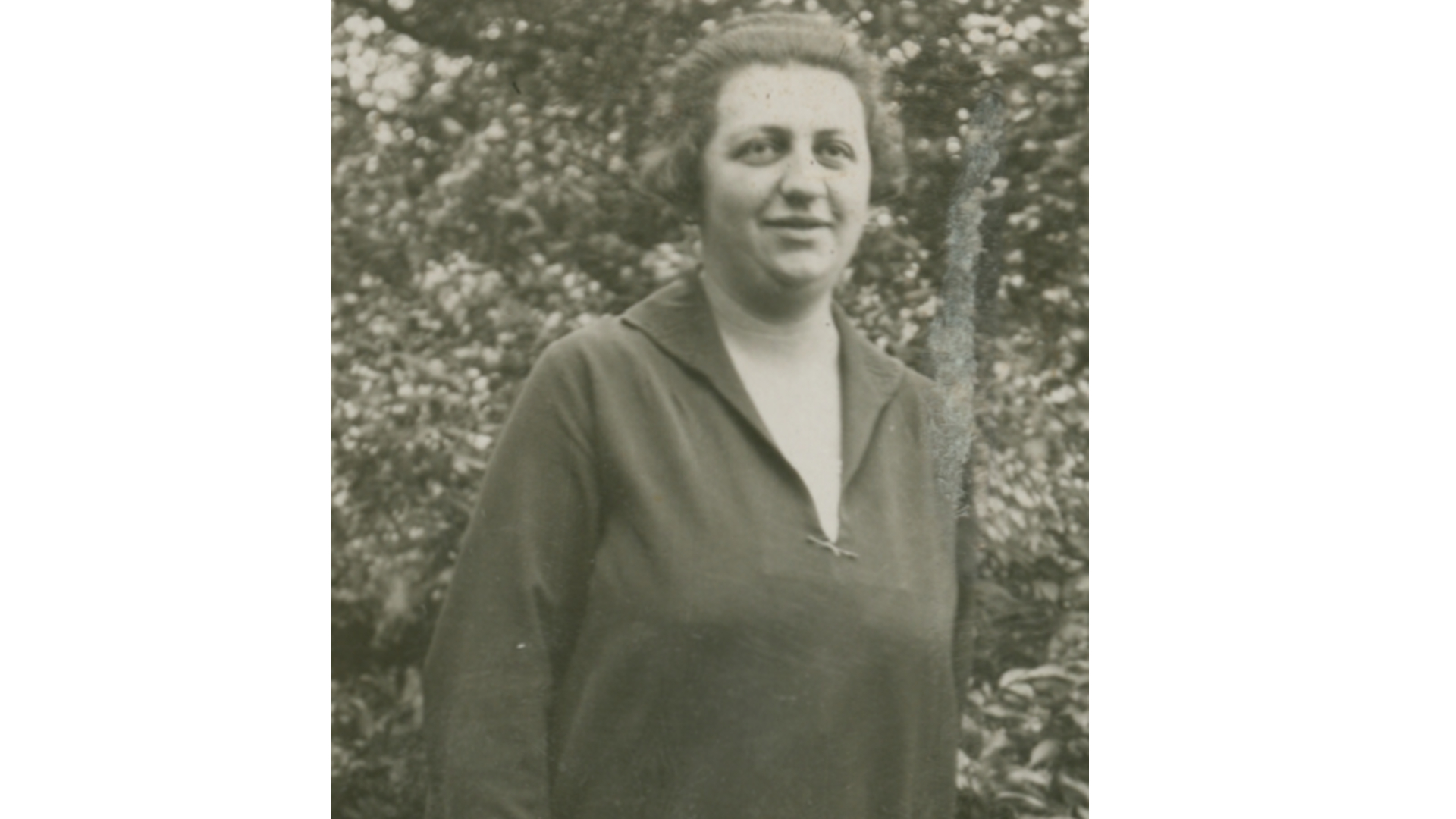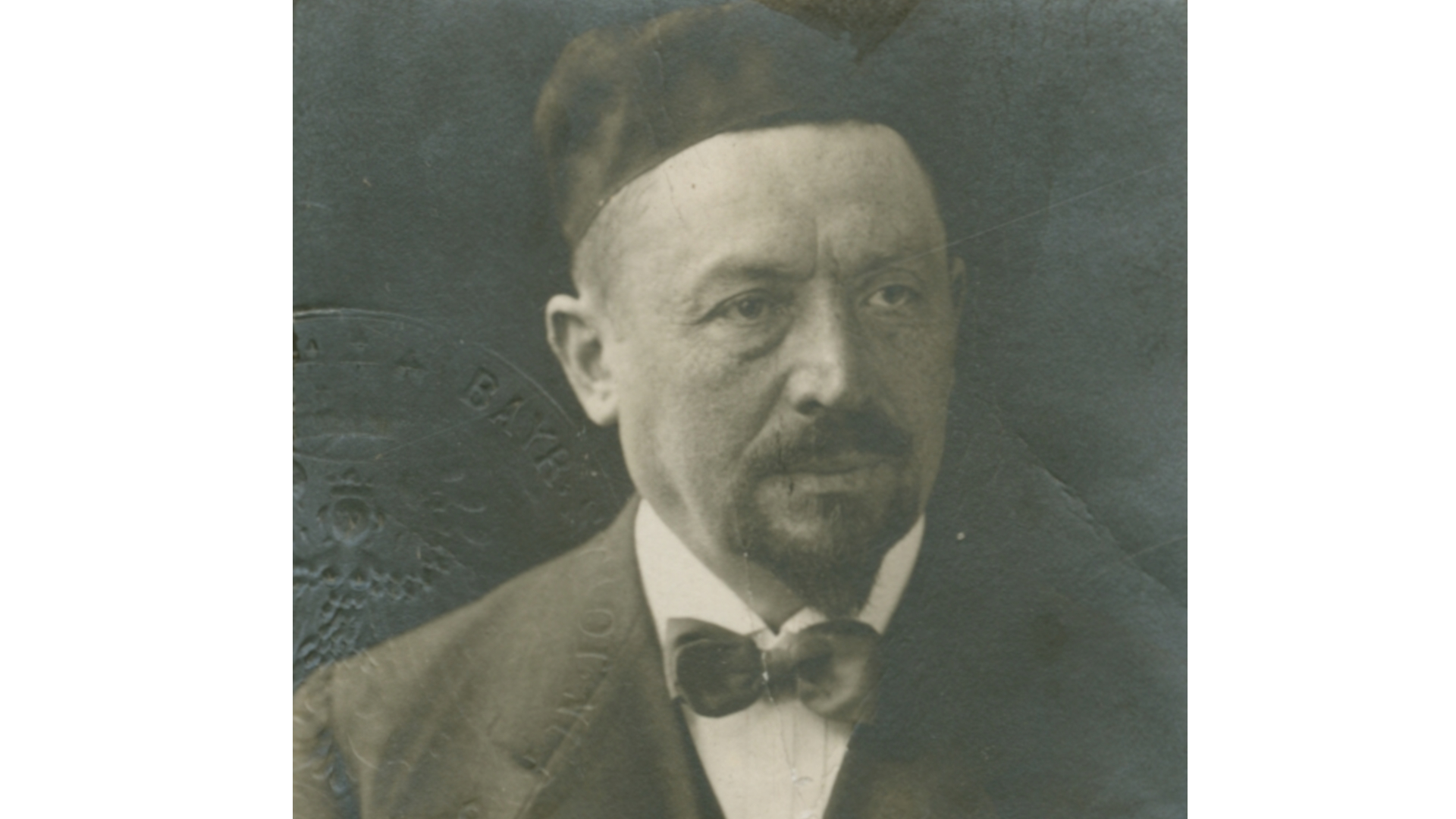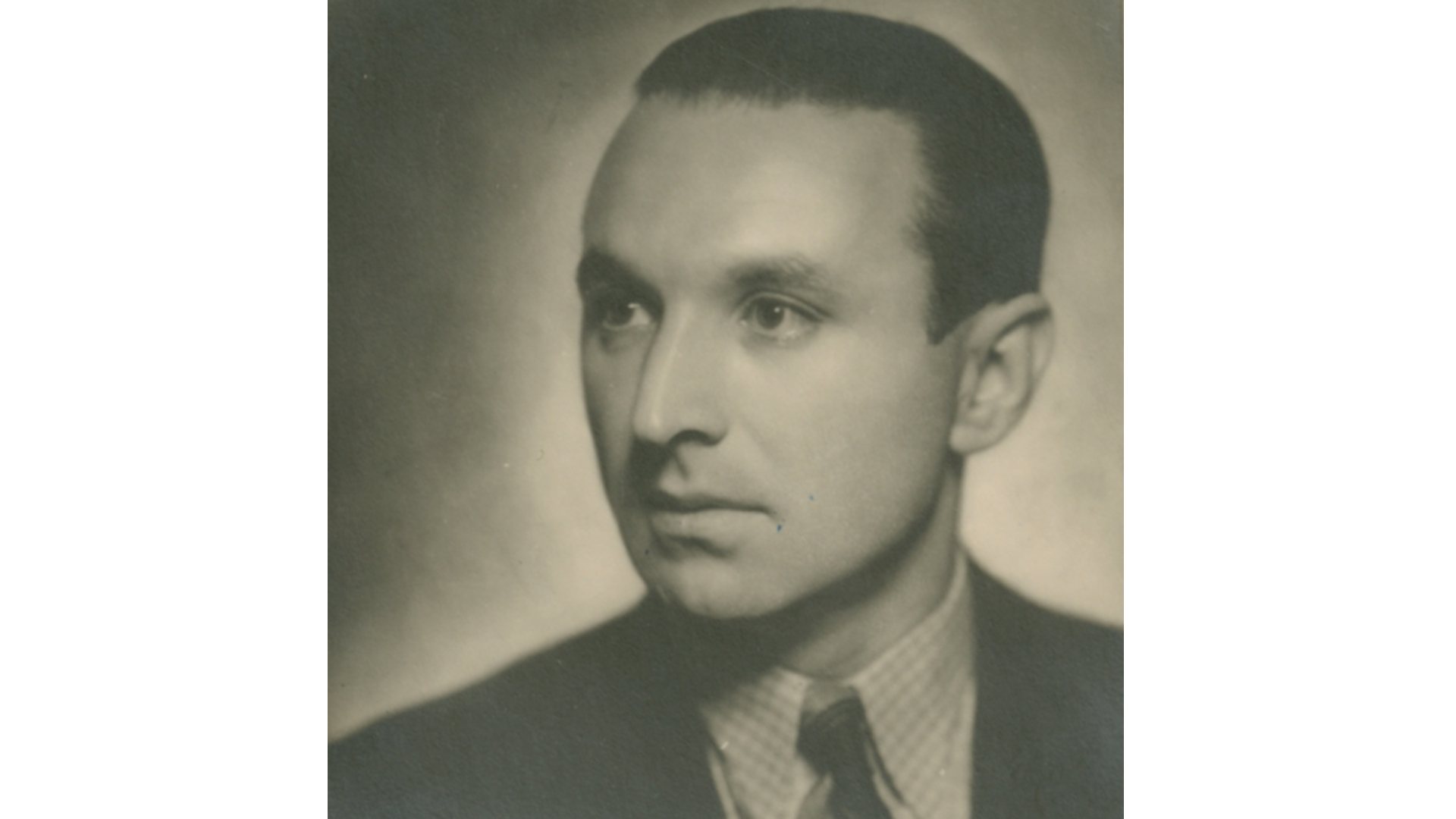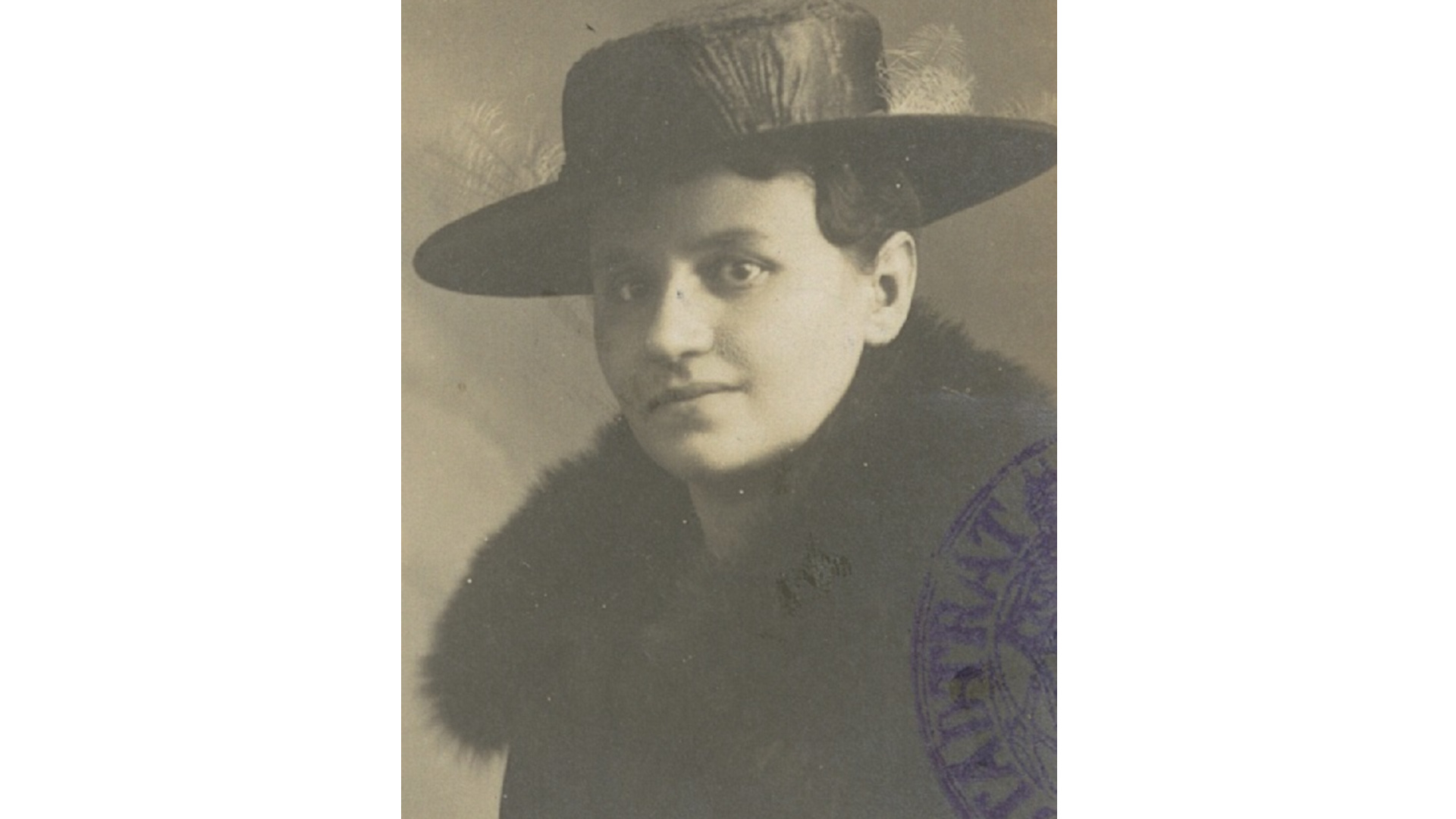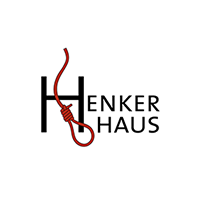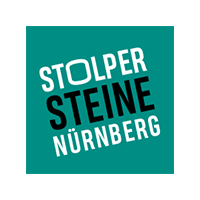| Location of stone: Blumenthalstrasse 7 | District: Himpfelshof |
| Sponsor: Claus Bößenecker | Laying of stone: 9 November 2018 |
Biography
As a child, Claus Bößenecker lived with his parents at Blumenthalstrasse 7. He has never forgotten the nice neighbour Frieda Brüll, who one day just disappeared. On 9 November 2018 he sponsored the laying of a stumbling stone for her.
Frieda Bing was born on 9 October 1875 in Nuremberg, one of eleven children born to the businessman Ignaz Bing (1840-1918).
Her father, together with his brother Adolf, had founded the company “Bing Brothers” in 1864. They sold household items, metal goods and toys, mainly produced by homeworkers. From 1882 onwards the products were manufactured in their own factory. By the end of the 19th century the “Bing Brothers Nuremberg Toy Factory” had several production plants in and outside Nuremberg. Mass-produced items for daily use, such as tinware, found markets worldwide. The firm continued to grow and became a joint stock company in 1895, bearing the name “Nuremberg Metal Products and Lacquerware Factory, formerly Bing Brothers”. Before the First World War, the firm employed about 5,000 people and was considered to be the world’s largest toy manufacturer. In the 1920s the business flourished again, before “Bing-Factories PLC” finally went bankrupt in 1932 in the wake of the Great Depression. Some branches of the business were taken over and continued by other companies.
Frieda Bing married tradesman Ludwig Brüll in 1897. Following the wedding, Ludwig (born on 29 October 1863 in Bamberg) worked as a clerk in his father-in-law’s company. The marriage produced two children: Dora (born on 16 January 1899) and Otto (born on 7 May 1905). Ludwig Brüll died on 16 October 1914 in Nuremberg.
On 10 September 1942 Frieda Brüll was deported to Theresienstadt. She was moved to Treblinka a few days later, on 29 September, where she was murdered. Dora was taken to the Riga ghetto in October 1942 and murdered there, Otto in Auschwitz in 1943.
- Conversation with Claus Bößenecker, former neighbour of Frieda Brüll, in January 2018.
- Ilse Vogel: Emanzipation – und dann? Die Geschichte der jüdischen Familien Ottenstein und Bing über fünf Generationen, Neustadt an der Aisch 2019.
- Ignaz Bing: Aus meinem Leben. Erinnerungen eines Nürnberger Unternehmers und Höhlenforschers 1840 - 1918, Jülich 2004.
- Rudolf Endres: Familie Bing. Fabrikanten in Nürnberg, in: Manfred Treml (Hrsg.), Geschichte und Kultur der Juden in Bayern. Band 2: Lebensläufe (Veröffentlichungen zur bayerischen Geschichte und Kultur 18/2), Munich 1988, pp. 173-177.
- Nuremberg City Archives, C 21/X No. 2 registration card.
- Nuremberg City Archives (ed.), Gedenkbuch für die Nürnberger Opfer der Schoa (Quellen zur Geschichte und Kultur der Stadt Nürnberg, vol. 29), Nuremberg 1998, p. 40.
- Nuremberg City Archives (ed.), Gedenkbuch für die Nürnberger Opfer der Schoa, supplementary volume (Quellen zur Geschichte und Kultur der Stadt Nürnberg, vol. 30), Nuremberg 2002, p. 8.

